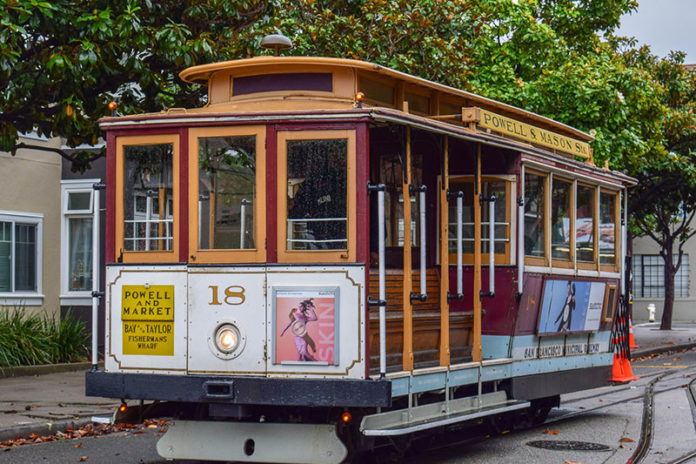In an innovative time when ridesharing services and electric scooters abound, some cities apparently miss the days of archaic transportation. Last year, El Paso, Texas opened its very own streetcar, only to have ridership and revenue massively underperform initial expectations. Despite their quaint aesthetic and unique charm, this problem unfortunately is a growing trend across the nation.
Indeed, they’ve made a remarkable comeback in cities since their 18th century debut, with three opening last year alone. But the public and lawmakers must realize why streetcars became obsolete in the first place: they’re ridiculously expensive, and not worth the cost. It’s time for America to give up it’s streetcar craze and adjust to the modern world.
City buses, for example, are generally a much better use of taxpayer money. While lacking the charm of a streetcar, they’re certainly a more affordable option. According to the American Public Transportation Association, “the capital cost per mile of a streetcar is between $30m and $75m, while a rapid bus service costs anywhere between $3m and $30m.” That means, on the low end, buses are 10 times cheaper compared to streetcars. Unfortunately, that hasn’t stopped cities from constructing them.
Washington, D.C., for instance, spent a whopping $200 million on its streetcar. It took nine years longer than expected to construct, and still barely stretches beyond two miles. Its efficiency, too, has become something of a joke with Washingtonians, what with its average speed of 5.7 miles an hour — a pace that falls somewhere in between a brisk walk and a light jog.
In Tampa, where its streetcar famously goes “from no place to nowhere,” similar frustrations over wasted taxpayer money have arisen, as the city approved an additional $250,000 dollars to study a potential extension for the line. And in 2015, the Seattle streetcar was estimated to cost $143 million, but, by 2019, the cost had risen to $285 million.
If streetcars are so expensive, then why the resurgence? It turns out, they’re often built in hopes of bringing development to cities’ downtown scene. A report by the Mineta Transportation Institute (MTI) found that while the “primary purpose of the streetcar was to serve as a development tool” in the cities they studied, very rarely does that actually happen. And a more recent MTI report concluded that “A streetcar alone is not a guarantee of positive outcomes, as other factors … also need to be present.”
With lackluster ridership, astronomical costs and questionable economic results, what can cities do instead of building streetcars?
Well, it’d help if they embraced the 21st century. For example, electric scooters have become an extremely popular method for people to maneuver through cities in recent years. With their low costs and quick access, they’re paving new ways for how Americans travel in metro areas. (And they’d be even cheaper if residents could use their pretax dollars to opt in for commuter benefits, like they often can with the bus or subway.) And since 35 percent of all car trips are under two miles, electric scooters also help free up space on the streets. Yet currently, cities aren’t doing a good job promoting them. In fact, they’re actively working against them. Atlanta recently banned scooters from operating at night, and Columbia, NC put a one-year ban on scooters citing “public peace” concerns. The way forward for city travel isn’t to ban innovation.
American cities can learn a valuable lesson here. Streetcars look rather pleasant, but clearly, they’re no longer a viable option for mass public transit. As cities like El Paso have demonstrated, streetcars take money away from the taxpayer’s wallet while providing no added value. If cities were really interested in revitalizing, they should allow commuters to partake in modern transit options.
Janson Quinlan Prieb is a policy analyst at the American Consumer Institute and a Young Voices Contributor. Follow him on Twitter @Jansonprieb.


































